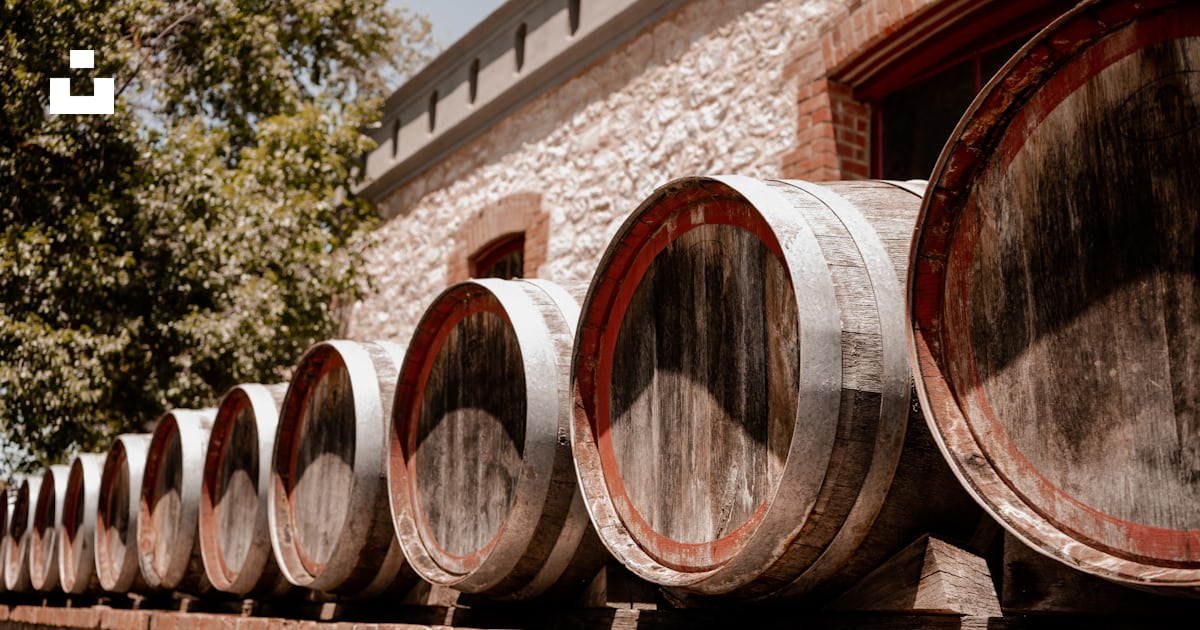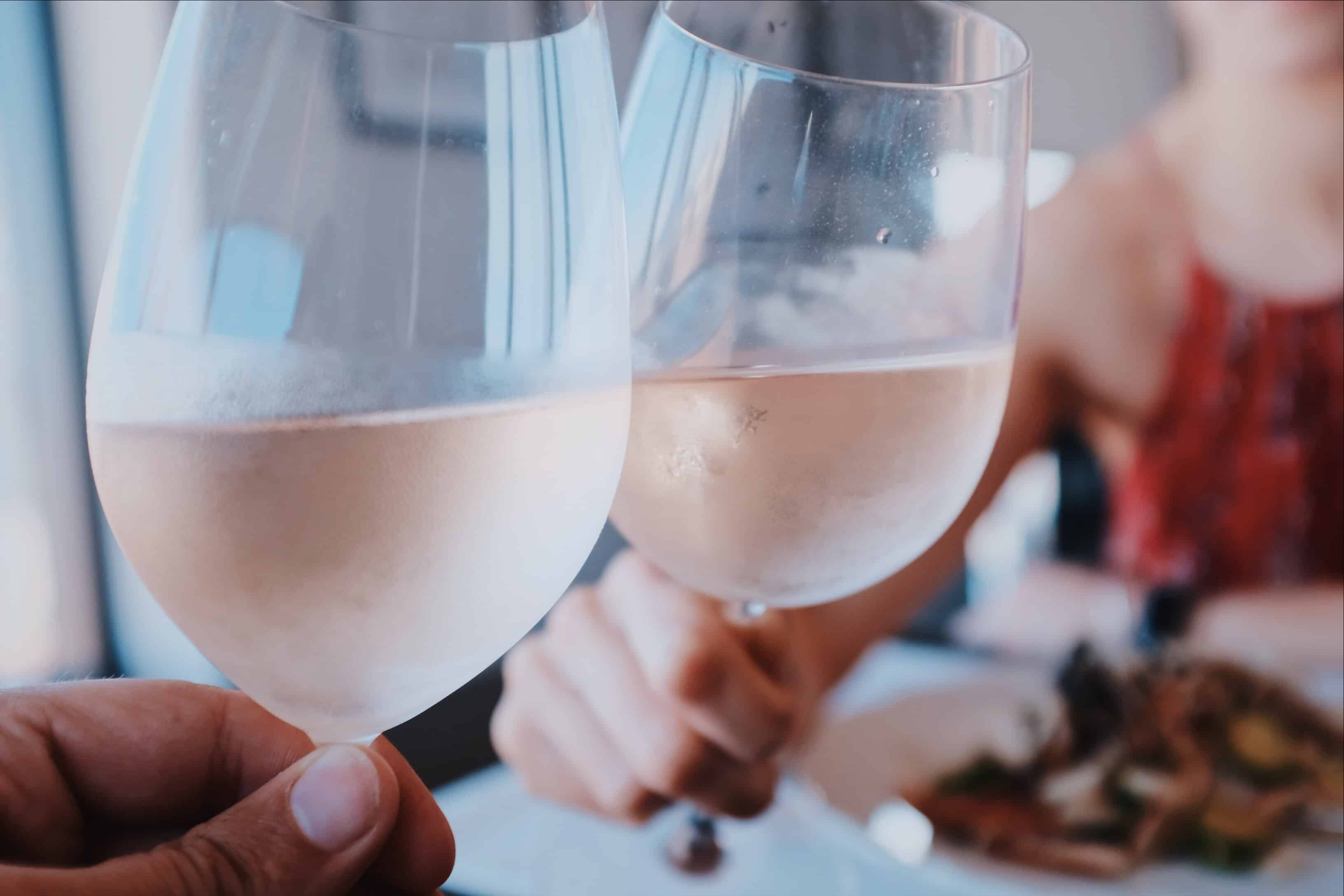Wineries Renowned For Cabernet Sauvignon In Sonoma - Sonoma Wine Region Vineyards
Wineries Renowned For Cabernet Sauvignon In Sonoma - Sonoma Wine Region Vineyards
Blog Article
Wineries Offering Charcuterie And Wine Pairings - Luxury Wine Tasting In Sonoma County
Wine tasting is an art that combines sensory experience with an appreciation for the nuances of different varietals. How to judge flavors in winery wine tasting sessions is pivotal to greedy the complexities of wine.
Engaging in a wine tasting entails greater than simply sipping and savoring. It requires a centered method to establish aromas and flavors that each wine presents. As you begin, observe the wine's appearance, noting its color and clarity. These visible cues usually recommend a wine’s age, grape selection, and even potential flavor profiles.
The next step in the tasting course of is to swirl the wine in your glass. This action releases aromatic compounds which would possibly be important for analysis. Lean in and take a second to inhale deeply; the aromas can range from floral and fruity to spicy and earthy. The nose of the wine is just as necessary because the palate, and recognizing scents performs a significant position in understanding the overall experience.
When taking your first sip, allow the wine to move throughout your palate - Wineries Near Highway 12. Discover the preliminary flavors that current themselves. Is the wine fruity, floral, or maybe herbaceous? This initial style offers perception into what the wine is likely to categorical as you proceed to judge it. The mouthfeel also contributes to the overall flavor experience; it could be silky, tannic, or even effervescent.
Beautiful Picnic Areas At Sonoma Wineries - Top Sonoma Wineries To Visit
As you proceed tasting, pay consideration to the wine’s stability. A well-balanced wine will harmonize acidity, sweetness, and tannins. If one component overwhelms the others, it might point out a much less desirable high quality. Evaluating steadiness can help you identify how nicely the wine would possibly pair with food.
Transitioning to the end, consider how the flavors evolve because the wine lingers on your palate. A long, pleasant finish can point out a high-quality wine, while a brief or abrupt end would possibly counsel in any other case. Reflect on whether the flavors stay constant or if new notes emerge because the wine settles. This development can reveal complexities and intricacies which may not have been apparent in the preliminary tasting.
Temperature is also a vital consider evaluating wine flavors. Completely Different kinds of wine are optimally enjoyed at specific temperatures. White wines often shine when chilled, whereas pink wines usually perform finest at room temperature. When tasting, make positive the wine is at the appropriate temperature to totally appreciate its character.
Vineyard Tours With Guided Tastings In Sonoma - Sebastopol Vineyard Experiences
Pairing food with wine can greatly enhance the tasting experience. Foods can influence the perception of flavors in wine, either highlighting sure characteristics or diminishing them. When evaluating flavors, consider how the wine interacts with different foods, noticing which flavors are amplified or muted (Wineries Near Santa Rosa).
Contemplate the influence of terroir as you have interaction in a winery tasting. Terroir encompasses the unique environmental factors that affect grape growing, together with soil composition, local weather, and geography. Understanding a wine's terroir can provide insight into its flavors and aromas, fostering a deeper appreciation for the alternatives made during its cultivation and manufacturing.
Education performs a fundamental position in enhancing one's capacity to gauge wine flavors. Studying about grape varieties, wine regions, and manufacturing strategies can pave the best way for more knowledgeable judgments during tastings. Additionally, attending workshops or classes can refine sensory skills and increase your flavor vocabulary, enabling you to articulate tasting notes more effectively.

Finally, it's important to remember that evaluating wine flavors is a highly personal experience. Particular Person preferences and perceptions will invariably form one’s tasting journey. Enjoyment must be on the forefront, with the evaluation process acting as a tool to enhance understanding and appreciation rather than create rigid tips.
Wineries Renowned For Cabernet Sauvignon In Sonoma - Best Vineyard Visits In Sonoma
In conclusion, mastering tips on how to consider flavors view website in winery wine tasting classes involves a mixture of sensory engagement, information, and practice. By studying to identify aromas, assess the balance, and respect the intricacies of flavor, wine enthusiasts can deepen their connection to every bottle they encounter. As with any art kind, have a peek here the more one immerses themselves in the experience, the extra they may uncover and benefit from the vast world of wine.
- Begin by observing the wine's shade and readability, as these visible elements can hint at its flavor profile and growing older potential.
- Swirl the wine gently in your glass; this releases fragrant compounds, permitting you to higher establish the complex scents associated with the wine.
- Take a deep inhale before tasting, specializing in both primary and secondary aromas to collect insights on fruits, spices, and other nuances.
- When tasting, permit the wine to coat your palate; note the preliminary flavors, the mid-palate complexity, and the end as these levels can present completely different flavor highlights.
- Pay consideration to texture and mouthfeel, as features corresponding to tannin ranges, acidity, and sweetness contribute considerably to the general tasting experience.
- Evaluate flavors in opposition to commonplace wine characteristics; for red wines, consider berry notes, oak influence, and herbal tones, while whites may include citrus, stone fruits, and floral hints.
- Take notes during the tasting session to trace your impressions, helping you to recollect and evaluate the totally different wines sampled.
- Focus On your findings with fellow tasters or winery staff, as sharing insights can enhance understanding and appreciation of individual flavors.
- Permit time for the wine to breathe; typically, flavors evolve and reveal new dimensions after being exposed to air.
- Experiment with food pairings during the tasting as they can dramatically alter how flavors are perceived, influencing total enjoyment.undefinedWhat ought to I search for when evaluating the aroma of wine throughout a tasting?
Begin by swirling the wine in your glass to launch its aromas. Convey the glass to your nose and take a deep breath. Pay attention to the primary scents you detect, as these are sometimes probably the most outstanding. Look for fruit, floral, herbal, or earthy notes and attempt to establish specific traits, which is able to deepen your understanding of the wine's complexity.
Spectacular Vineyard Views In Sonoma - Wineries To Visit
How can I distinguish between completely different flavor profiles in wine?
Understand that flavor profiles are often categorized as fruit, floral, herbaceous, spicy, or mineral. Take small sips and permit the wine to coat your palate. Notice the primary flavors that emerge first and the delicate notes that follow. This layering is crucial in distinguishing the wine's traits and will allow you to respect its unique profile.
Wineries Promoting Sustainable Farming - The Beauty Of Sebastopol Wineries
What is the significance of the wine's texture in a tasting?

The texture of the wine, also identified as mouthfeel, plays a vital role in how we understand flavors. Pay attention as to if the wine feels smooth, creamy, or gritty. The body of the wine (light, medium, or full) can improve or contrast with flavors, offering a extra rounded experience during tasting.
How do I assess the steadiness of flavors in wine?
Balance in wine refers again to the harmony between acidity, sweetness, tannin, and alcohol. Take a second to evaluate whether these components complement or interfere with one another. A well-balanced wine could have none of its components overpowering the others, creating a pleasing tasting experience.
Wine Tasting Tours In Russian River Valley - Luxury Wine Tasting In Sonoma County
What position does temperature play in evaluating wine flavors?
Temperature can significantly impression the perception of flavors. Typically, red wines are finest served slightly beneath room temperature, while white wines get pleasure from being chilled. As the temperature modifications, the aromas and flavors can shift, permitting you to perceive completely different characteristics. It’s important to taste wine at its optimum temperature for true evaluation.
Wineries Showcasing Local Art And Crafts - Sonoma Vineyards To Explore
How can I improve my tasting skills over time?
Practice is essential to enhancing your tasting skills. Wineries Offering Educational Wine Seminars. Attend tastings, keep a journal of your experiences, and discover different types of wines to broaden your palate. Additionally, studying about wine manufacturing and grape varieties can provide context that enhances your analysis process, making you a more knowledgeable taster.
Is there a specific order by which I ought to taste the wines?
Beautiful Picnic Areas At Sonoma Wineries - Tasting Experiences In Sebastopol Vineyards
Yes, it’s advisable to style wines from light to full-bodied and dry to sweet. This progression prevents the stronger flavors from overshadowing the more delicate ones, permitting you to completely respect each wine's characteristics and nuances with out palate fatigue.
How can I evaluate the aftertaste of wine?
Wineries Promoting Sustainable Farming - A Guide To Sonoma Wineries
The aftertaste, or finish, is a vital side of the wine-tasting experience. After swallowing, pay attention to how long the flavors linger in your palate and whether or not they change. A lengthy, pleasant finish is usually an indicator of a high-quality wine, while a short or unpleasant finish may suggest otherwise.
Why is it important to note the wine’s acidity during tasting?
Acidity contributes to the overall freshness and construction of the wine. Pay attention to the tingling sensation on your tongue; larger acidity can improve the wine's liveliness and balance out sweetness. Noting acidity helps determine the wine's versatility with food and its getting older potential.
What ought to I do if I struggle to identify specific flavors in wine?
Best Chardonnays From Sonoma Winemakers - Enjoying A Vineyard In Sonoma
Struggling to identify flavors is frequent, particularly for novices. Focus on broader categories and describe what you possibly can recognize, corresponding to candy or earthy notes. With practice, studying about different flavor profiles, and maybe utilizing flavor wheels, you may refine your senses and develop a extra nuanced method to tasting. Report this page